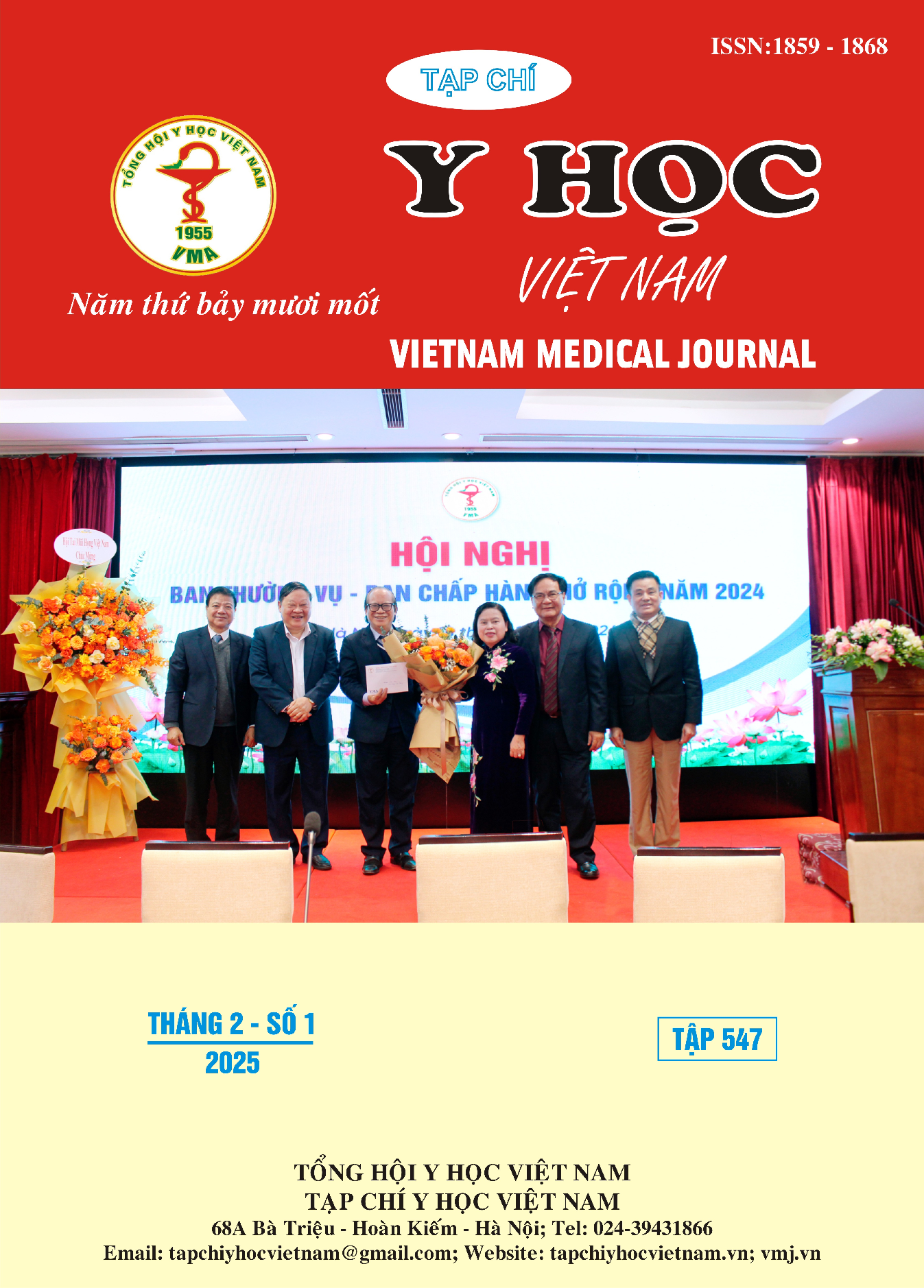ANALYSIS OF ANTIBIOTIC USE AT THIEN HANH GENETAL HOSPITAL - DAK LAK IN 2022, 2023
Main Article Content
Abstract
Introduction: This study analyzes the current status of antibiotic use in hospitals to propose solutions for safe, rational, and effective medication use. Materials and Methodology: A cross-sectional, retrospective analysis was conducted on patient data and all antibiotics used in the hospital during 2022, 2023. The analysis included structure of drug utilization, daily defined dose (DDD), days of treatment (DOT), and various antibiotic usage monitoring indicators. Results and Discussions: Domestic antibiotics and generic antibiotics accounted for a significant proportion of consumption over the two years. 03 departments (General Surgery, Orthopedics, and Internal Medicine) had the highest value and volume of consumption. The beta-lactam group had the highest percentage of DDD (49.80% in 2022, 52.03% in 2023), with DDD/1000 population/day at 6.68 (2022) and 7.15 (2023), and DDD/100 bed/day at 38.58 (2022) and 49.27 (2023). Amoxicillin + clavulanic acid was the most widely used and consumed antibiotic. Single-drug regimens accounted for nearly 40%. The rate of injectable antibiotics was high in the Pediatrics, General Surgery, Obstetrics, and Orthopedics departments. Antibiotics requiring strict management, such as colistin, imipenem + cilastatin, meropenem, and vancomycin, were frequently used in these departments. The average duration of injectable antibiotic treatment was 4.17 days (2022) and 4.11 days (2023). Conclusion: This study provides an overview of antibiotic use at Thien Hanh General Hospital in 2022 and 2023, serving as a basis for proposing solutions to enhance the effectiveness of antibiotic management, including inventory management and antibiotic usage management programs within the hospital
Article Details
Keywords
antibiotics, DDD, DOT, antibiotic usage
References
2. Versporten, A., Zarb, P., Caniaux, I., Gros, M. F., Drapier, N., Miller, M.,... & May, S. (2018). Antimicrobial consumption and resistance in adult hospital inpatients in 53 countries: Results of an internet-based global point prevalence survey. The Lancet Global Health, 6(6), e619–e629.
3. Bộ Y tế (2015). Quyết định số 708/QĐ-BYT ngày 02/03/2015 về việc ban hành tài liệu chuyên môn “Hướng dẫn sử dụng kháng sinh”.
4. Bộ Y tế (2020). Quyết định số 5631/QĐ-BYT ngày 31/12/2020 ban hành tài liệu “Hướng dẫn thực hiện quản lý sử dụng kháng sinh trong bệnh viện”
5. Nguyễn Thị Song Hà (2022). Phân tích thực trạng sử dụng thuốc kháng sinh trong điều trị nội trú tại Bệnh viện Kiến An, thành phố Hải Phòng năm 2020. Tạp chí Y học Việt Nam, 514(01), 155–160.
6. Bộ Y tế (2023). Quyết định số 1165/QĐ-TTg ngày 09/10/2023 về phê duyệt Chiến lược quốc gia phát triển ngành dược Việt Nam giai đoạn đến năm 2030 và tầm nhìn đến năm 2045.
7. Nguyễn Lê Dương Khánh (2020). Phân tích, đánh giá tình hình sử dụng kháng sinh tại Bệnh viện Đa khoa Đồng Nai năm 2017–2018 và xây dựng các nội dung quản lý kháng sinh bằng bệnh án điện tử. Luận văn chuyên khoa cấp II, Đại học Y Dược TP. Hồ Chí Minh.
8. Nguyễn Phước Bích Ngọc, Trương Thị Trang, & Phạm Thị Bình (2017). Phân tích chi phí thuốc kháng sinh sử dụng tại Bệnh viện Quân y 268 năm 2016. Tạp chí Y Dược học, Trường Đại học Y Dược Huế, 8(2), 104–111.


